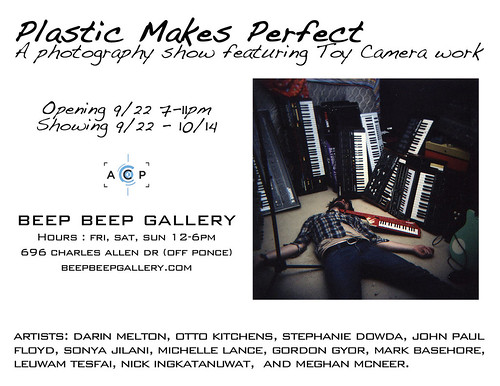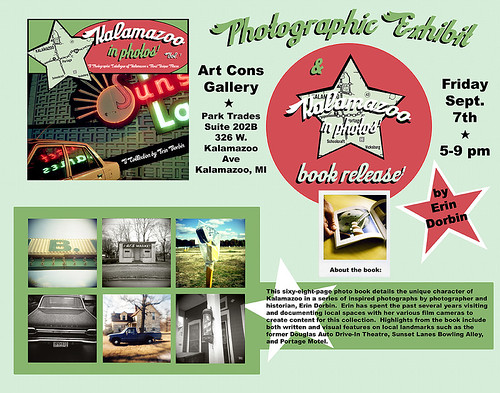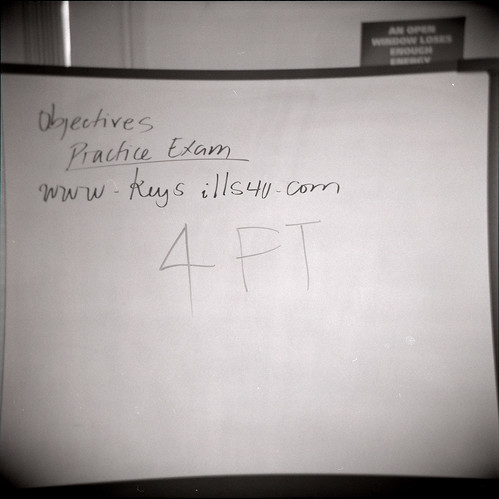Squarefrog, who over the last year has put together what is far and away the most comprehensive Holga information site going, is having a one year anniversary contest. All you have to do to enter is fill out a very short questionnaire. The contest is open to everyone world-wide.
Prizes and stuff:
First prize – Lomography Holga 120CFN package
Second prize – Holgon Strobe Flash
Third prize – 5 rolls of Agfa RSX II 200 ISO slide filmAll you need to do to be in with a chance of winning is to fill in the following form and click submit. The competition closes on Sunday October 7th 2007. Winners will be notified by email the following week. The information you submit is purely for my own interest, I would never pass on any of it to anyone!
I know Squarefrog online, and when he says he won’t give out your information, I believe him.



